Football is an all-season sport due to the fact that it’s played in the rain of spring, the heat of summer and the cold of winter.
That’s why manufacturers do their very best to ensure that soccer balls are built to be extremely durable and fairly robust.
But in today’s article, I want to reveal how well they fare when sunk into in a relatively large amount of water.
I’ll start off by simply cutting right to the chase…
Soccer balls that are manufactured today are constructed to withstand submerging in water, as they are made from fully synthetic materials that are waterproof and easy to clean when made wet.

Want to test your knowledge on soccer ball care?
Take the quiz by clicking the button below and see just how informed you truly are!
Note - You'll need to enter your email address to see the final results.











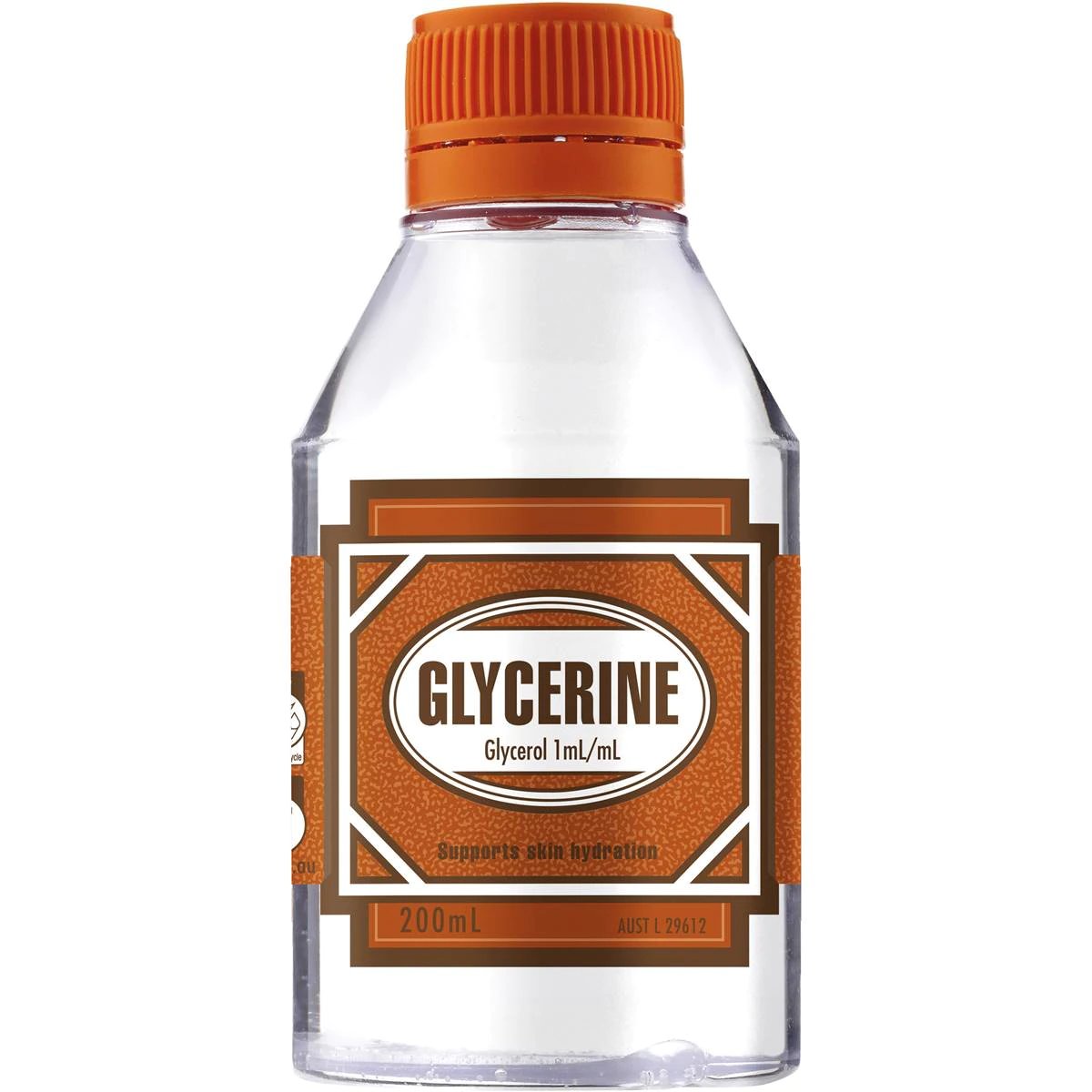


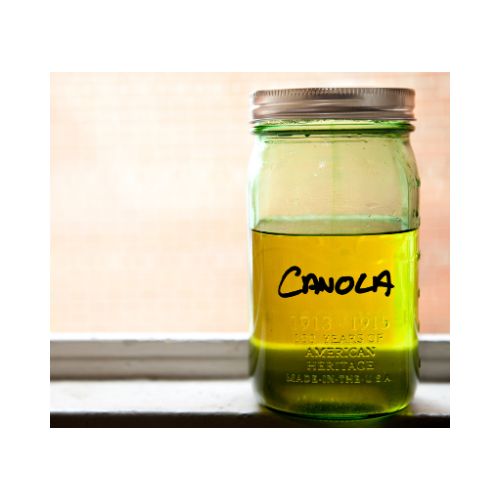
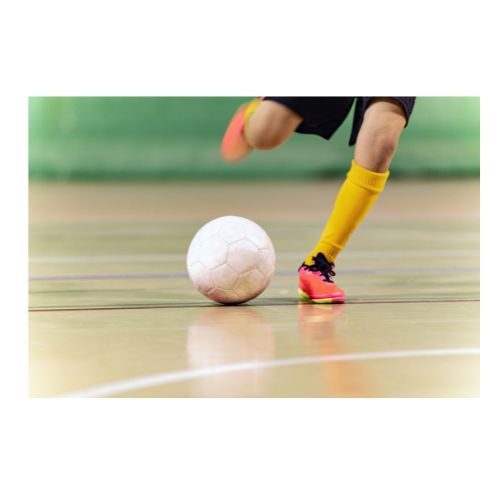




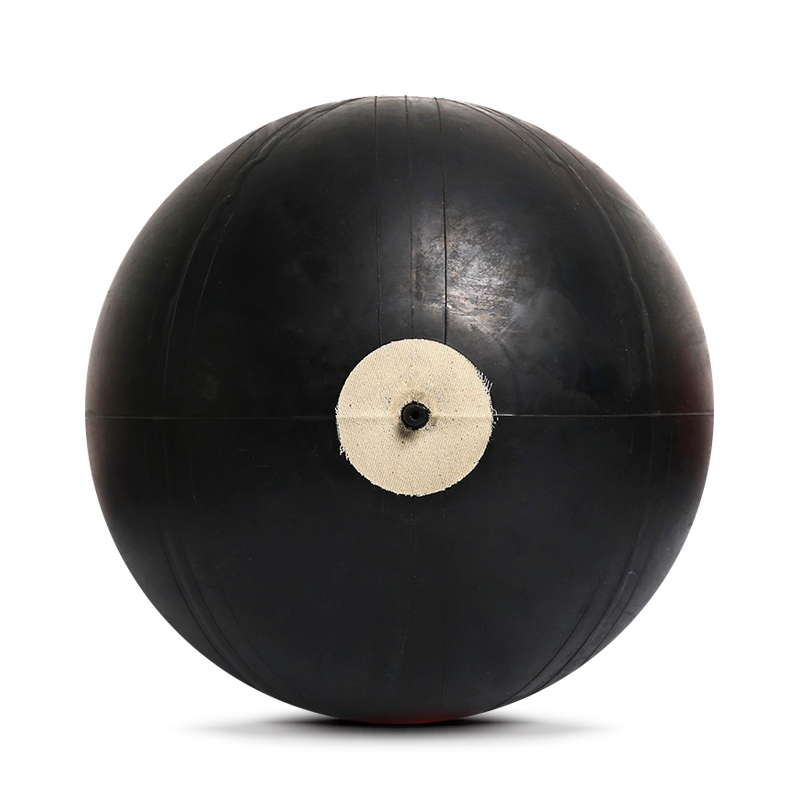
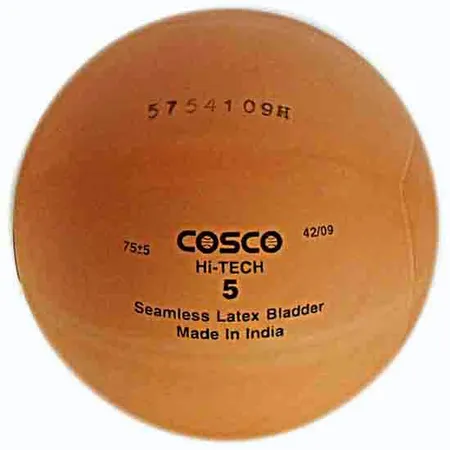


Now that sounds pretty complicated, right?
Well, it’s actually a pretty simple concept to grasp.
Let’s take a look.
How water affects a soccer ball’s material
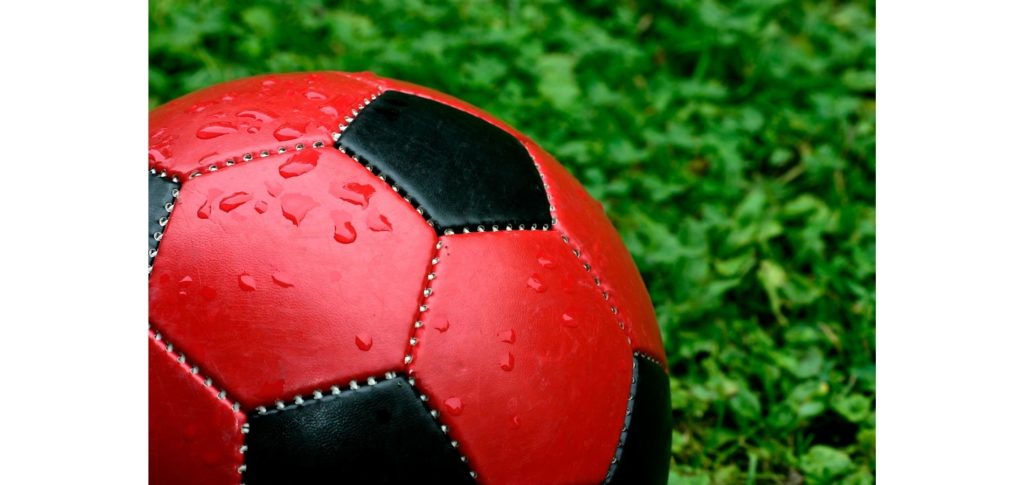
Back in the distant past, footballs used to be encased in leather, but the big problem with this material was that it would absorb water pretty easily.
This would then lead to a ball adding weight over the course of a game, especially in rainy conditions.
One of the best ways to picture this is if you compared those older generation footballs to sponges.
When you dip a sponge into water, it gradually becomes heavier as the pores take in as much water as they can handle.
The leather-made soccer balls struggled with water absorption, but now these items are made of entirely synthetic materials such as:
- Poly vinyl chloride
- Polyurethane
- Cotton
- Polyester
- Butyl
- Latex
Are soccer balls waterproof?
According to the Oxford English dictionary, when something is referred to as waterproof, it generally means that that object is impervious to water.
The synthetic leather footballs of today are classified as waterproof as they meet the aforementioned condition.
In fact, football’s world governing body – FIFA – has very stringent requirements that balls must meet in order for them to be used in professional competitions.
One of these is the water absorption test where a ball is rotated and squeezed 250 times in a tank filled with water.
In order to pass the inspection and get approval, the weight of the ball must not be greater than 10% from the initial measurement that took place before the experiment began.
How do you get water out of a soccer ball?
Sometimes you will be faced with the rare scenario of a football being waterlogged.
To drain out the water from the ball effectively, you’re going to need to follow a couple of steps:
1. Ensure the valve opening is downward-facing
First off, you’re going to need to tilt the ball so that the valve is facing towards the ground.
The reason for this is that it basically ensures that any water trapped inside is able to easily flow out, as the force of gravity will take the water all the way down to the intended exit point.
2. Deflate it
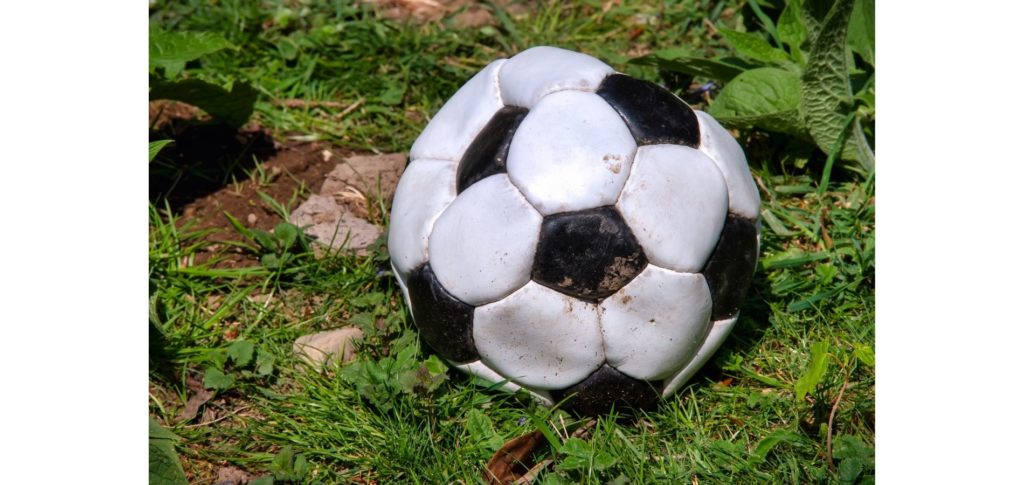
Secondly, you’re going to have to deflate the ball slowly.
Simply grab a football pump, insert the needle into the valve opening and wait until all the air pressure is let out of the ball.
Related topics: why soccer balls lose air & buying deflated soccer balls
3. Re-inflate it
Once you’ve managed to get all the moisture out, you can simply inflate the ball back to its original state using the same ball pump that was used to deflate it.
Place the needle back into the valve and by using your hands or feet to manipulate the pump, you can add air pressure to the ball until you’re satisfied that the ball is solid enough to be kicked once again.
Drying a wet soccer ball in the correct way
Before I wrap up this short article, I want to talk about the best way to dry a soccer ball that’s noticeably wet.
Simply take a clean cloth or hand towel and wipe down the entire spherical surface of the ball.
What will happen is that the dry cloth will immediately absorb any moisture present on the outer material of the ball.
This is great as being proactive and drying away moisture as soon as possible effectively prolongs the useful life of the ball.
Due to the fact that the water is given no time to bleed into the synthetic, the material is much less likely to gradually peel away over time.
If you’ve got a few more minutes to spare, I highly recommend that you check out my 5-step guide on how to thoroughly clean your soccer ball after use.
Closing thoughts
So, that’s that!
Hopefully you’ll have learnt a lot from this article, which was ultimately written to provide the following answer for the reader:
Soccer balls can be placed in water as the materials used to make them can withstand exposure to moisture, which would impact overall ball weight distribution and aerodynamism. More so, the neat stitching that’s used to solidify the spherical structure and keep shape intact when kicked also prevents water from seeping into the inner body of a ball.
If you enjoy the content that I create and would like to buy me a coffee, then I’d really appreciate it!
Any money that I earn through this donation will be re-invested into more content for this website.
Additionally, by sending in a donation you’ll also receive a copy of my recently released 190+ page eBook on Soccer Ball Care, as well as be subscribed to our mailing list where you’ll be regularly informed on the latest developments concerning the Soccer Whizz blog.
- Future Icons: Europe’s Emerging Midfield Maestros Set for Glory - December 4, 2023
- Kickstarting a Revolution: How Soccer Transformed the United States Over the Last Four Years - October 7, 2023
- 4-1-4-1 Soccer Formation [Analysis] - September 23, 2023

